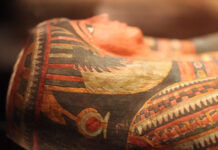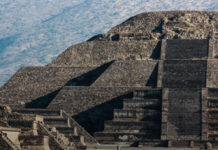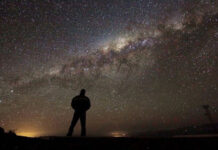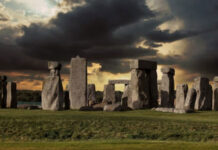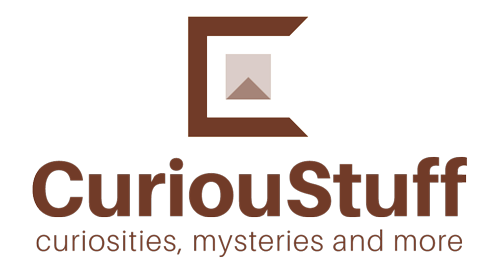
This is the story of the city of Paititi, the golden city of an Inca legend, published by archaeologist Oscar Nunez del Prado in 1955, it is believed to have been founded by the hero Inkari, who emerged from the waters of Lake Titicaca and was also the founder of Q’ero and Cuzco.
The legend of Paititi is parallel to that of Eldorado and there are references in some Spanish writings from the 16th century, but it gained new impetus in 2001, when the Italian archaeologist Mario Polia found in the Jesuit archives in Rome a story about the Spanish missionary Andres López from the 17th century, which describes a large city rich in gold, silver and jewels, located in the middle of the tropical jungle near a waterfall, and called Paititi by the natives.
Another Italian archaeologist, Laura Laurencich Minelli, died April 8, 2018, professor of Demo-Ethno-Anthropological Disciplines at the University of Bologna from 1973 to 2005, worked on the codes inherited from the Neapolitan noblewoman Clara Miccichelli and particularly on the Exul Immeritus Blas Valera Populo Suo by the Jesuit Blas Valera, inside which there are two significant drawings dating back to 1618 that represent the mountain range where, according to Valera, Paititi would have been found.
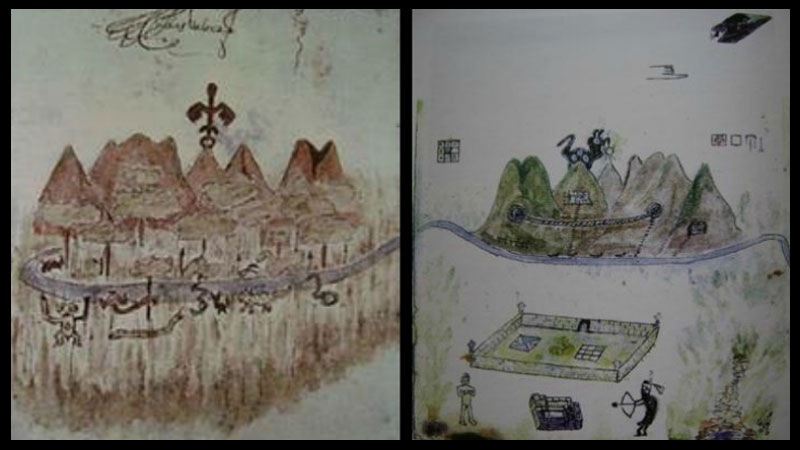
The Paititi Outpost
Since 1925, there have been around thirty explorations in search of the fabulous city, but Paititi has still not been discovered, although in 2017 four local guides, Javier Pazo, Benancio Encalada, Belisario Alvarez and Justo Puma, found buildings similar to those of the Inca civilization.
They named the site “The Paititi Outpost” in the jungle north of Cuzco, near the above plateau “mesopotanic” of which many satellite photos have been circulating on the internet for years.
However, no professional archaeologist has analyzed the area, known as the “square mountain”, which lies at the summit of the plateau, where many speculate Paititi may be.
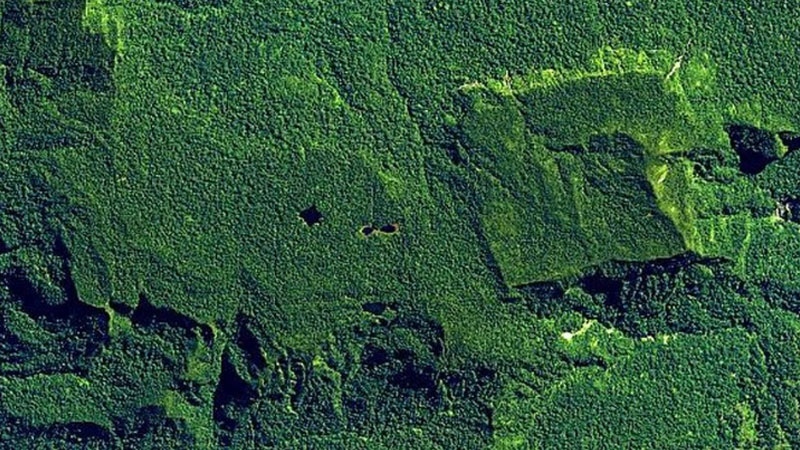
Italian researcher Marco Zagni said he will try to reach it using a helicopter or boat. He is known for rediscovering the lost city of Marcahuasi in 2011, and in 2016 he explored a nearby area, the Lacco Valley, full of petroglyphs and Amazonian symbols of an astronomical and symbolic nature.
At this point, perhaps we will know if Paititi and its treasures really exist or if the legendary lost city of the Inca civilization will continue to hide beneath the Amazon jungle, regardless of the progress of technology and the use of laser technology in aerial thermography, wich has already allowed to rediscover dozens of Mayan ruins in Guatemala.

